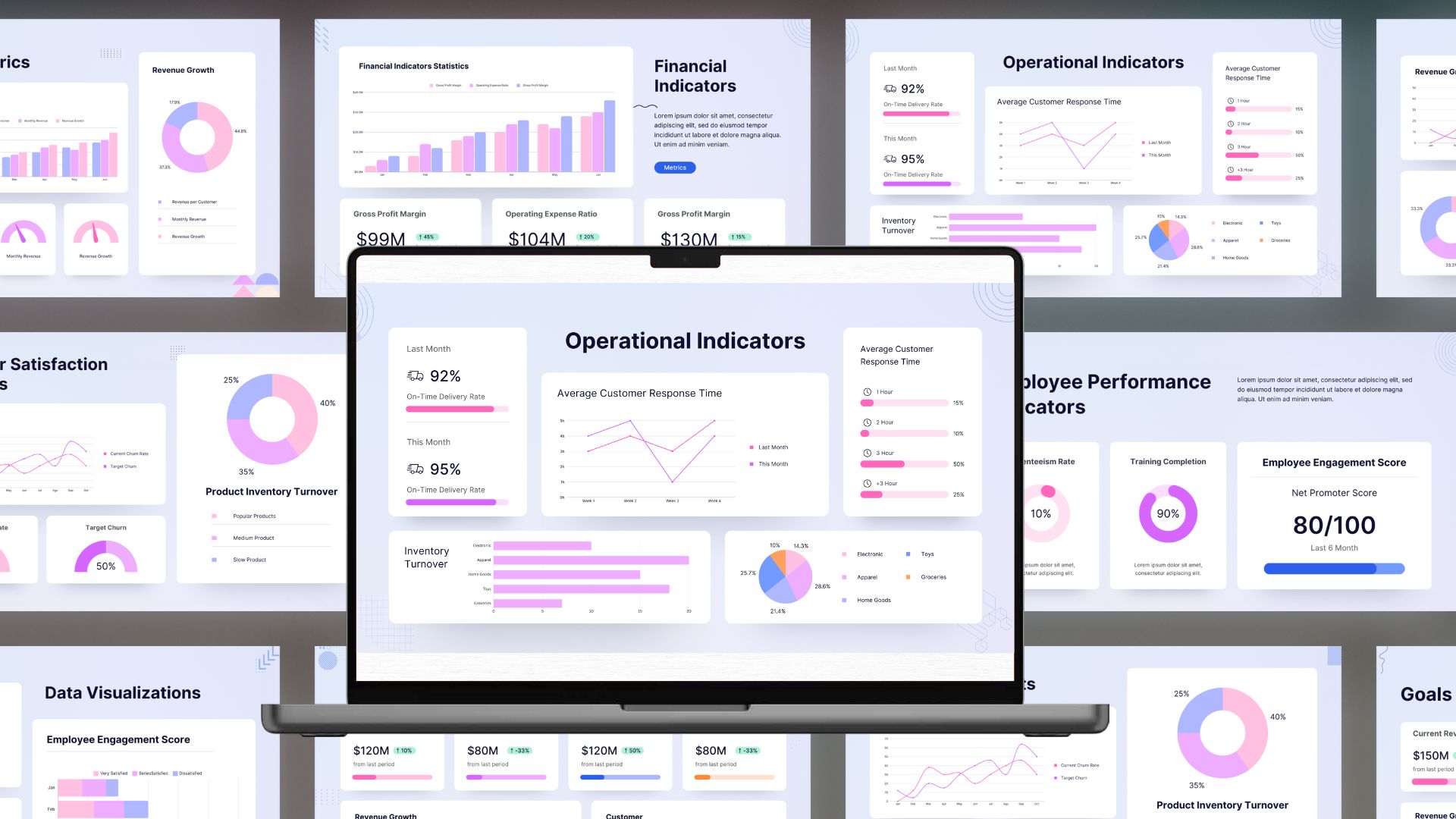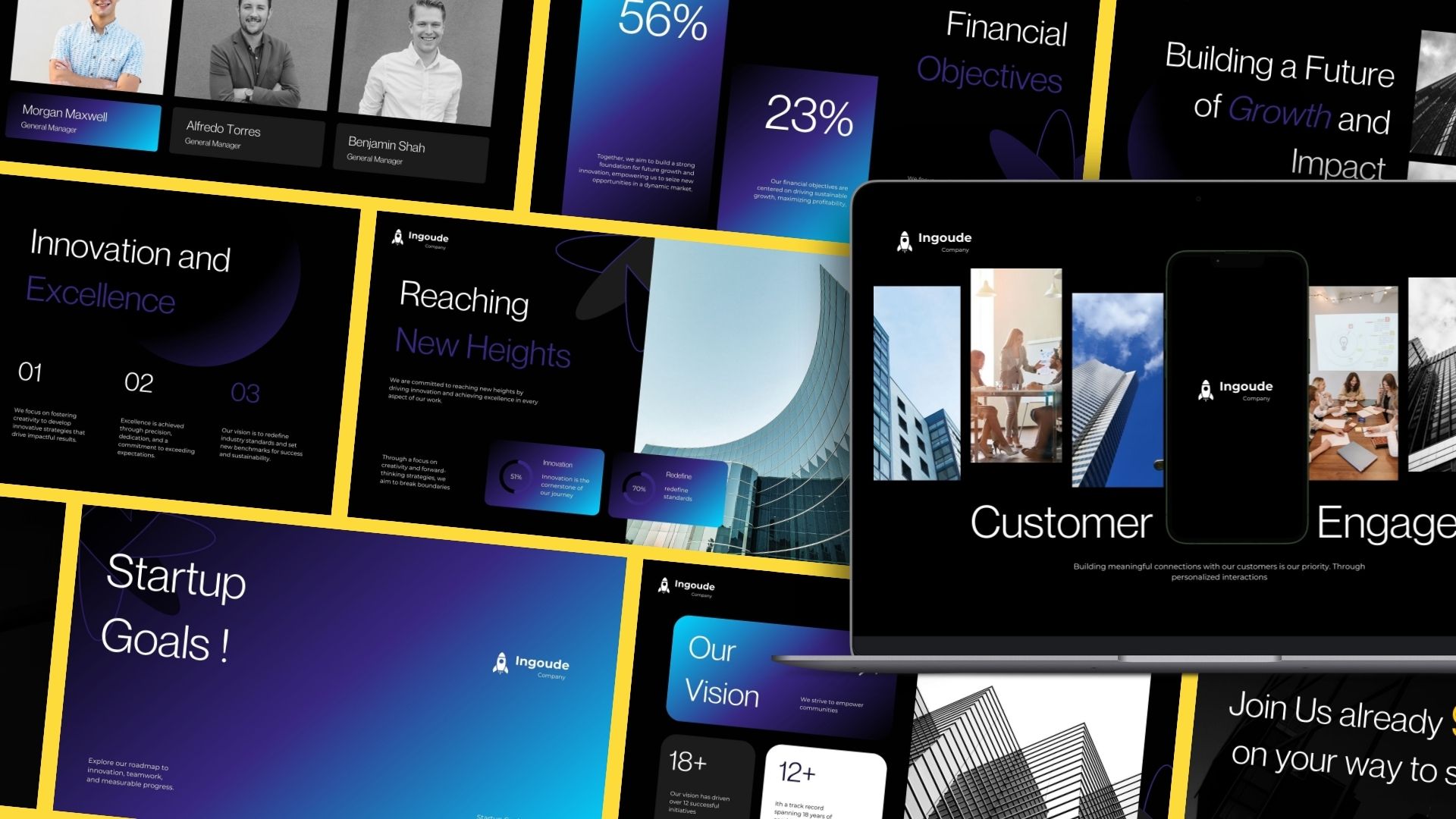Most startups fail not because they can’t build — but because they measure the wrong things. In the early stage, numbers can lie. A spike in signups, a few viral posts, or a wave of downloads may look like growth, but often, it’s just activity without traction.
Traction isn’t about how many people notice your product — it’s about how many come back, rely on it, and tell others about it. Real traction feels slower, quieter, and harder to fake. It’s not vanity; it’s validation.
Understanding that difference — between motion and momentum — is what separates startups that fade from those that endure.
This article explores how to find the metrics that actually matter before Product-Market Fit. You’ll learn how to move beyond surface-level growth, identify the indicators that reveal real product value, and focus your early-stage strategy on evidence, not excitement.
The Myth of Early Growth
In the first months of a startup, numbers can feel intoxicating. Every new signup, social mention, or spike in traffic looks like proof that the product is working. Teams celebrate dashboards full of green arrows, investors nod approvingly, and confidence rises. But here lies the danger — not all growth is traction.
Early metrics can easily deceive. They measure attention, not adoption; curiosity, not commitment. The truth is that many startups die in the gap between people trying the product and people relying on it. The illusion of progress often hides the absence of real validation.
Startups don’t die because they don’t grow. They die because they grow in the wrong way.
— Paul Graham
The difference between growth and traction is subtle but critical. Growth is numerical — it tells you something is moving. Traction is behavioral — it shows that users have formed a habit.
Vanity Metrics vs. Reality Metrics
Vanity metrics are seductive because they move quickly and look impressive. Page views, downloads, signups — they make you feel like progress is happening, even when nothing meaningful has changed. But they rarely correlate with actual business health.
Reality metrics, in contrast, are slower to appear but far more powerful. They measure engagement, retention, and conversion — the signs that your product is solving a real problem.
To distinguish the two:
- Vanity metrics make you feel good; reality metrics make you act.
- Vanity metrics show volume; reality metrics show value.
- Vanity metrics track potential; reality metrics track proof.
If we cannot measure learning, we cannot grow sustainably.
— Eric Ries, author of The Lean Startup
False Signals of Success
A dangerous phase begins when early numbers seem promising enough to attract funding or attention. The startup believes it has traction — but what it actually has is temporary noise. Campaign-driven spikes, giveaways, or influencer pushes can inflate metrics without creating loyal users.
Real traction is less glamorous. It’s measured in repeat visits, meaningful engagement, and usage depth — signals that users don’t just like the product but depend on it.
Growth is easy when you pay for it. Retention is hard when you earn it.
Every startup must resist the comfort of short-term success metrics. A download is not adoption, a signup is not satisfaction, and a follower is not a fan.
The Shift from Attention to Retention
The moment a startup stops chasing attention and starts building retention, its growth becomes real. Retention is the clearest signal of product-market fit — it proves that users find consistent value even without reminders, discounts, or novelty.
This shift also transforms the mindset of the team. Instead of asking, “How do we get more users?”, successful founders ask, “How do we make users stay?”
Early retention-focused mindset:
- Build for repeat usage, not just first impressions.
- Measure cohorts over time — not just daily totals.
- Treat churn as feedback, not failure.
Customer love is the only growth strategy that compounds.
— Brian Balfour, CEO at Reforge
When startups trade vanity for clarity and attention for retention, they stop guessing — and start learning. That’s the first step from zero to traction.
Finding Your Signal in the Noise
The early stage of a startup is chaos disguised as data. Every click, every metric, every comment seems important — but most of it is just noise. The challenge isn’t collecting numbers; it’s learning which ones actually matter. Founders who master this distinction turn uncertainty into momentum, while others drown in dashboards.
The hard thing isn’t setting goals. It’s knowing which goals are worth pursuing.
— Ben Horowitz
To find real traction, you need to define what “progress” means for your specific product model — not what investors or industry benchmarks dictate.
Defining “Traction” for Your Model
The word traction sounds universal, but it isn’t. For a SaaS company, it might mean monthly recurring revenue or customer retention. For a marketplace — liquidity between buyers and sellers. For a social app — engagement depth, not download counts.
Each business model has its own version of traction, but they all share a single truth: traction measures behavior, not exposure.
For example:
- SaaS: daily active usage, renewal rate, net retention.
- Marketplace: time to first transaction, repeat buyers, order frequency.
- Consumer app: session duration, DAU/MAU ratio, referral activity.
A clear traction definition prevents “metric drift” — the dangerous habit of chasing whatever number looks best that week. Once you define what traction means for you, every experiment gains direction.
If you measure the wrong thing, you’ll optimize the wrong thing.
— John Doerr, Measure What Matters
Leading vs. Lagging Indicators
Startups often fall into the trap of tracking lagging indicators — metrics that confirm what’s already happened, like revenue or total users. While useful, they tell you nothing about the future. Leading indicators, on the other hand, reveal early signs of product health before growth happens.
Think of it as the difference between watching a replay and reading a forecast.
Leading indicators:
- Activation rate (how many new users reach the “aha moment”)
- Feature adoption within the first week
- Returning-user ratio over time
Lagging indicators:
- Revenue
- Total signups
- Churn after 6 months
Leading indicators are where learning lives — they allow teams to adapt fast, iterate smart, and make evidence-based decisions before damage compounds.
“If you can’t see tomorrow in your metrics, you’re already too late.”
The Qualitative Layer
Data without context misleads. A retention chart can tell you what is happening but not why. That’s why the most insightful startups balance metrics with qualitative learning — direct conversations, user recordings, open-ended surveys, and field observation.
The best founders don’t hide behind analytics; they dive into customer reality.
Combine both lenses:
- Use data to find patterns.
- Use conversation to understand motives.
- Use observation to spot friction you didn’t expect.
Quantitative tells you what’s happening; qualitative tells you what to do about it.
— Teresa Torres, author of Continuous Discovery Habits
Ultimately, traction emerges when numbers and narratives align. Data gives direction, but empathy gives meaning.
The goal isn’t just to measure progress — it’s to understand it.
Common Traps That Kill the Learning Loop
Most startups don’t fail from lack of effort — they fail from learning too slowly. In the rush to impress investors or match competitors, founders often trade experimentation for presentation. They start chasing signals that look good on slides but teach them nothing new.
This is how the learning loop — hypothesis, test, feedback, adaptation — quietly dies.
A startup is not a smaller version of a big company. It’s a temporary organization searching for a repeatable business model.
— Steve Blank, the father of the Lean Startup movement
When you forget that search, you stop evolving. Let’s look at three of the most common traps that break the loop.
The Vanity Launch
Every founder dreams of the “big reveal” — press coverage, buzz, attention. But in reality, a flashy launch rarely equals progress. When a startup builds to impress investors instead of serving users, it stops learning and starts performing.
Vanity launches create hype spikes instead of feedback loops. The team celebrates exposure, but soon realizes that excitement doesn’t equal engagement.
Why it kills learning:
- Focus shifts from validation to visibility.
- Feedback is emotional (“Looks great!”) instead of actionable.
- Early adopters become spectators, not collaborators.
If you’re not embarrassed by your first version, you’ve launched too late.
— Reid Hoffman, LinkedIn co-founder
The goal of an MVP isn’t applause — it’s evidence. Launch quietly, learn loudly.
The Feature Creep
The second trap comes from fear — fear of being “too simple.” Founders worry that a minimal product will look incomplete, so they start adding features “just in case.” Before long, the product becomes a patchwork of half-baked ideas.
This is known as feature creep, and it destroys learning because it hides the real signal. You can’t tell which feature users love if everything launches at once.
Warning signs:
- Every user request becomes a roadmap item.
- “It’s just a small update” happens weekly.
- The team spends more time shipping than analyzing.
Antidote:
- Focus on one behavior to validate per iteration.
- Every new feature should answer a learning question, not just a design impulse.
Complexity is a symptom of confusion, not innovation.
— Marty Cagan, Silicon Valley Product Group
The Data Desert
The last trap is the quietest — the absence of good feedback. Many early-stage startups don’t build analytics or tracking from day one. They tell themselves they’ll “add it later,” and by the time they do, the opportunity to learn from the first real users is gone.
A data desert leads to blind iteration — decisions made from gut feeling, not grounded insights.
Common mistakes:
- No tracking of user journeys or drop-off points.
- Relying solely on app store ratings or anecdotal feedback.
- Ignoring early churn signals because “we don’t have enough data yet.”
Good data doesn’t require complexity — it requires intentionality. A few meaningful metrics, paired with regular user interviews, reveal more than any analytics dashboard filled with noise.
Without feedback, you’re not iterating — you’re guessing.
— Teresa Torres
When a startup avoids these traps — performs quietly, builds intentionally, and measures deliberately — the learning loop thrives.
And in early-stage products, learning faster is the only real competitive advantage.
Designing MVPs That Scale Gracefully
The hardest part of building an MVP isn’t deciding what to include — it’s preparing for what comes next. A good MVP teaches you what works; a great one creates a foundation you can scale without rebuilding from scratch. This balance between speed and structure separates products that evolve from those that collapse under their own success.
Move fast — but don’t break the parts you’ll need later.
— Jeff Lawson, CEO of Twilio
Scaling gracefully means building light, but building right.
Architecture for Change
Early-stage teams often assume technical debt is inevitable — but that’s only half true. The problem isn’t taking shortcuts; it’s taking the wrong kind of shortcuts. A flexible architecture doesn’t mean over-engineering — it means designing systems that invite iteration.
Principles of adaptive architecture:
- Modularity: Build in components that can be swapped, not rewritten.
- Observability: Instrument everything early — what gets measured improves.
- Isolation: Keep experimental features separate from the core logic.
This approach lets you experiment without chaos. The product can evolve without becoming fragile.
Make it work, make it right, make it fast — in that order.
— Kent Beck
The goal isn’t perfect code. It’s code that survives growth.
UX Debt You Can Afford
Design debt is unavoidable in MVPs, but not all debt is dangerous. You can sacrifice polish — never trust. If users feel confused or uncertain, even the best functionality won’t save you. A lean MVP should still make people feel safe, guided, and heard.
UX shortcuts you can take:
- Simplify visuals and animations.
- Limit personalization early on.
- Use clear text labels instead of icons.
UX shortcuts you can’t take:
- Accessibility and readability.
- Clarity of value proposition.
- Error states and recovery options.
People don’t care how simple it is to build — they care how simple it is to use.
— Julie Zhuo, former VP of Design at Facebook
In the early stage, design communicates intent. It tells users: “You can trust us.”
Feedback as a Feature
The fastest-learning teams don’t collect feedback — they design for it. Every screen, action, or outcome is an opportunity to listen. Feedback loops should be built into the product’s DNA, not treated as an afterthought.
Ways to build feedback into your MVP:
- Add in-app prompts asking users what worked or didn’t.
- Track drop-offs as silent feedback — every abandoned flow tells a story.
- Offer a single, frictionless way to report confusion.
If you don’t design for feedback, you design for failure.
— Brian Balfour, Reforge
The best MVPs evolve because they never stop listening. Each iteration becomes smarter — not just more complex.
When you treat learning as a system, not a phase, your MVP doesn’t just validate — it scales.
Conclusion: From Minimum to Meaningful
Building an MVP is not about moving fast — it’s about learning fast and scaling wisely. The startups that endure are not those that build the most features or raise the biggest rounds, but those that treat every release as a lesson and every user as a teacher.
From defining real traction to protecting the learning loop, the journey from zero to product-market fit is less about perfection and more about adaptation. Each iteration should reduce uncertainty, sharpen insight, and strengthen the foundation for what comes next.
The only way to win is to learn faster than anyone else.
— Eric Ries
The MVP you won’t regret isn’t the one that looks impressive — it’s the one that keeps teaching you. Build it light, design it to evolve, and anchor every decision in evidence, not ego. Because in the end, true traction isn’t found in dashboards or downloads — it’s found in the quiet confidence that your product is getting better, one insight at a time.



